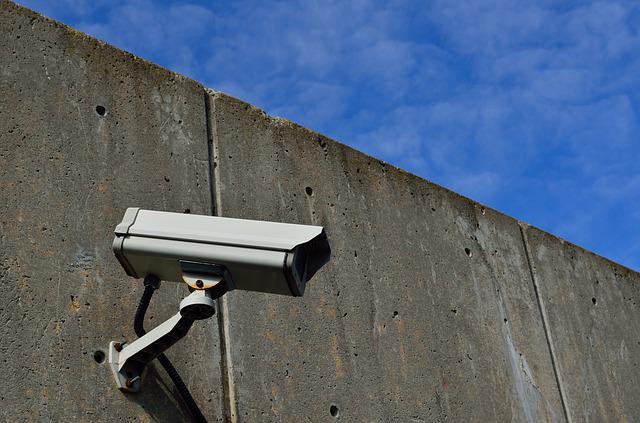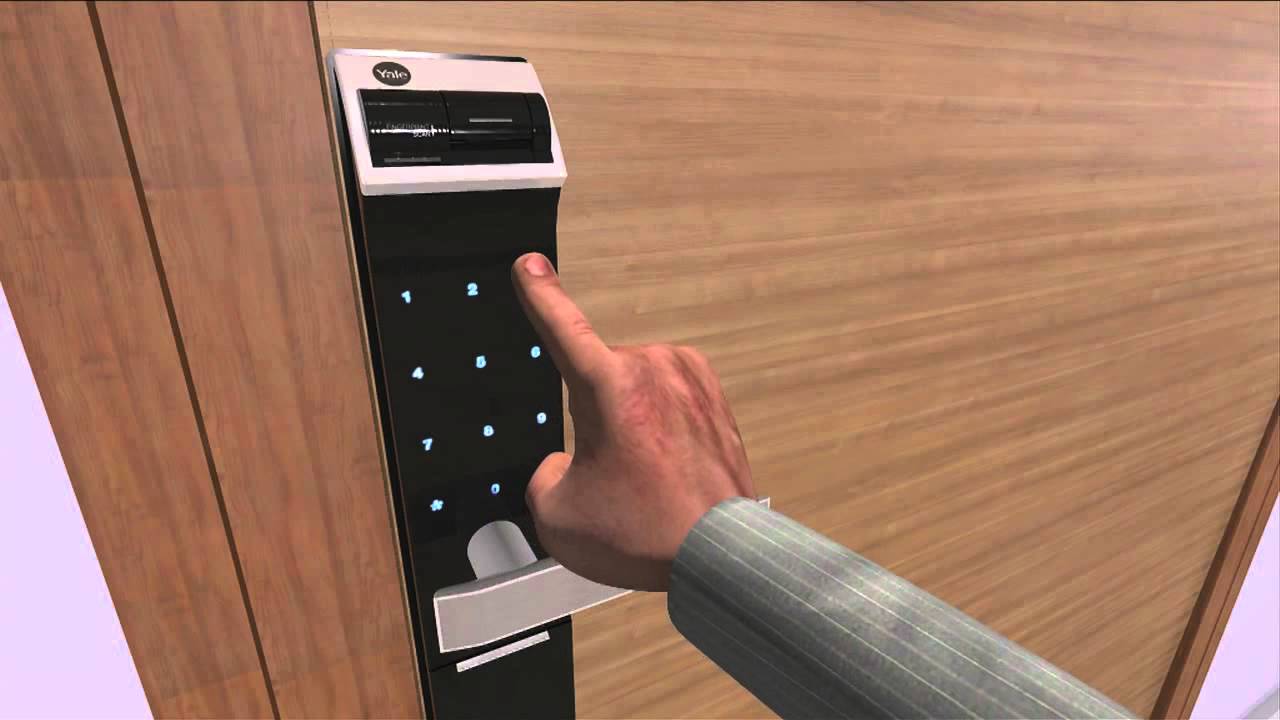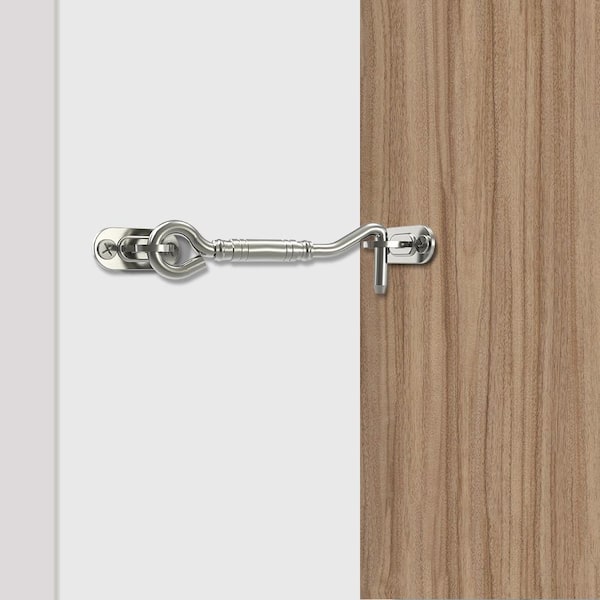
Home automation and security can be an excellent way to enhance the safety, convenience and energy efficiency of your home. You can lock your doors and windows and get alerted if someone enters your home. Motion sensors will let you know when you are going to be alone at home after dark. And you can adjust lighting or other features according to a schedule.
Home automation and Security: What they are
A central hub is usually connected to sensors on doors, windows, and other entry points that can detect whether the door or window is open. These systems can be integrated with entertainment and lighting systems to automate the entire home. These systems offer a solution that is a single point of contact for home security, automation and smart home technology.
How to choose a home security and automation system
The first step in choosing a home security and automation system is to understand your goals for it. You have a variety of options, ranging from simple sensors to detect if the front door has been opened to advanced systems which allow you to control your thermostat and music player.

When you're ready to get started, we'll help you select the best system for your unique needs. We will then configure the system so it operates smoothly and securely.
You can automate all the features of your smart home including lighting and other features with just a touch or by using voice commands through a personal assistance such as Google Home or Amazon Echo. You can even set schedules for lights, thermostats, and other devices so they turn off automatically or on at certain times throughout the day, saving you money by reducing power consumption.
Convenience
It's possible to control all of your appliances or other items via your phone, computer or tablet at any time. While on a trip, you can listen to your favorite music and turn on the light. You could also check on your children while they're at home by using video feeds.
Comfortable seating
Home automation can also help you to stay comfortable at home even when you are not home. By using a smart thermostat, you can keep the temperature at a more moderate setting to help your family stay healthy and sleep better. You can also dim the lights in the evenings after 10pm to reduce eye fatigue.

A smart alarm can also help you sleep better and stay more alert, since it can be programmed to go off at certain times of the day. You can program a smart smoke detector to notify you if smoke is detected in your home.
Getting Started
It's simple to install and use. A home automation system can be a great investment. You can install a range of automation devices compatible with your existing system. Your smart home can be connected to the internet for additional features.
FAQ
How do I decide between the different types of home security system?
You should consider what kind of threats are in your area. You might consider installing an alarm system that sounds when someone enters your house. In rural areas where there are fewer burglaries, you might not need as much security.
You also need to consider whether or not you're willing pay more for these extra features. Some systems include cameras built in, while others do not. Some systems let users remotely monitor their homes, while others require them to be physically present in order for you to see the footage.
What is the best wireless system for security?
D-Link Wireless Security System, which I highly recommend, is the best wireless security solution. It's also one of the most cost-effective systems. All the features you want in one package. It includes a camera and motion sensor as well as a remote control. Just plug it into the outlet and follow its simple instructions.
What's the difference between security cameras and surveillance cameras?
Surveillance cameras serve monitoring purposes, security cameras are used as protection.
Both cameras have their pros and cons. There is one major difference between the two types of cameras: the type of images that they capture. Surveillance cameras capture video in slow motion so you can observe what's really happening. Security cameras on the other side only record video and still photographs, which are saved for later review.
Statistics
- Most home security companies will charge you around 75% of the remaining term of your contract if you cancel early—and some require 100%.Related questionsWhat type of contract length can I expect from security providers?Home security system cancellation (safewise.com)
- Cove sets you free without punishing penalties and fees, unlike other security solutions that charge 75% to 100% of your remaining contract. (safewise.com)
- Unlike other online safety services that charge up to 100 percent of your monthly fee, Cove charges no upfront fees and has no hidden costs.
- Depending on your insurance, 24/7 professional monitoring may qualify you for as much as 15% off your premium. (safewise.com)
External Links
How To
How to Install an Home Security System
A home security alarm is a device that monitors the property and alerts you in case of any suspicious activity. It could be a motion detector, doorbell camera or smoke detector. A home security system typically includes one or more sensors, such as motion detectors. These sensors send signals when they sense movement or sound. The signals are then sent by the sensors to a control center where they are recorded and monitored. The control panel will send an alert to your smartphone, tablet, computer or voice assistant if there is a problem, such as someone breaking into your home. You will immediately be notified and can take appropriate action.
You must first choose the right kind of sensors for you home in order to install a home alarm system. There are two main types: passive and active sensors. Passive sensors don’t need batteries. Instead, they simply pick up sounds or vibrations from the environment. They can be doorbells or sirens as well as buzzers. Active sensors transmit data via electricity. These sensors include motion sensors and cameras.
There are many types of sensors on the market today. Each brand has its own pros and disadvantages. Some sensors are weatherproof and others aren't. Some sensors have built-in speakers, so they can be heard even when you're not outside. Others are only for use inside. Some of these are very basic, while others have advanced features such night vision.
After deciding on the best type of sensors for your property, you'll want to choose a manufacturer. This will help ensure that your sensors work well together. You will find many options in your local hardware store.
After you have chosen a brand, you will need to decide how many sensors you wish to purchase. Depending on whether you live alone or with your family, most people will start with just one or two sensors. If you are planning to add sensors later on, you may consider purchasing additional sensors.
Next, you'll need to figure out where you want to place your sensors. Are you looking for them to be near doors or windows? Or are you happy to keep them hidden? Before you put them anywhere on your property make sure you get permission. Make sure that they won't cause interference with any other electrical outlets.
Now that you know where you want to put your sensors, you'll need a way to connect them to your control panel. Depending on your setup, you may need to purchase a power adapter or battery pack. Once everything is setup, you will be able to monitor your property.